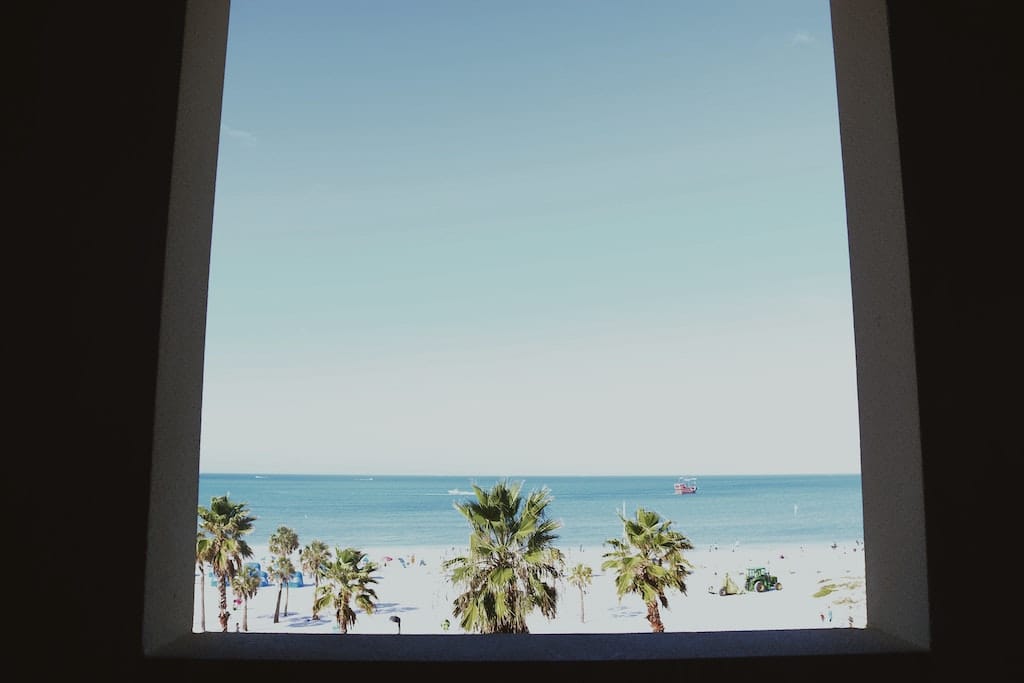All Categories
Featured
Table of Contents
Buy Double Glazed Upvc Sliding Doors In Sydney in Waterford Perth
That window can send more solar heat in winter season than in summer. A west-facing window on a summer's afternoon has an angle of occurrence from near 0 up to 30 with a large effective area of solar radiation. A north-facing window, in summer season, has a high angle of incidence and a low effective area of solar radiation, so can send less heat than a west-facing one.

However you can quickly and easily improve the thermal performance of your home by replacing your windows. This is among the most reliable approaches of renovation to accomplish improved thermal convenience. There are thousands of types of glass and frames to select from. Selecting the right ones is necessary to enhancing the energy effectiveness of your home.
Double Glazing Windows - The Best Installers In The Uk ... in West Swan WA
Single glazing with clear glass is not extremely efficient when it comes to heat loss or gain. To improve efficiency, you can use single glazing with a more energy-efficient type of glass such as low emissivity (low-e) glass.
The energy efficiency of IGUs likewise depends on: the residential or commercial properties of each layer of glass. Different glass types (for example, clear and low-e glass) can be put together in an IGU.
Guide To Double Glazing – Functional And Energy Efficient in Hillman Perth

IGU cavities can be filled with air or a more inert, low-conductivity gas such as argon the width of the cavity. Cavity thickness is generally 6 to 18mm. Broader cavities offer lower (better) U worths, with 12mm usually accepted as the preferred space how well the cavity is sealed. Cavities must be dry and well sealed to prevent wetness getting in.
If argon is installed to the cavity in location of air, wetness is dependably left out the level of desiccant (drying agent). The spacer (metal or polymer strip) that separates the glass layers contains a desiccant to take in any moisture. Insufficient desiccant might trigger wetness to condense on the glass surface in cold conditions, reducing thermal performance.
Why Should You Have Double-glazed Windows This Summer? in Walliston Western Australia
IGUs can deliver better energy performance for all climates, specifically in heated and air-conditioned houses. Cross-section information of single, double and triple-glazing units Low emissivity glass (commonly called low-e glass) minimizes heat transfer. Low-e glass may be either high or low transmission: High transmission low-e glass has a coating that permits daylight from the sun to pass into your house to achieve good solar heat gain, but minimizes the quantity of the long wavelength infrared heat that can escape back through the window.
Low-e glass has either a pyrolytic coating or a vacuum-deposited thin movie metal covering. Pyrolytic coverings are long lasting and can be utilized for any glazing; vacuum-deposited finishes are soft and are only used within IGUs. Low-e finishes can substantially enhance both U value and SHGC; however, they need to be utilized correctly or they will either degrade or stop working to carry out as needed.
Double Glazed Windows – Their Amazing Benefits For ... in Lathlain WA
Low-e finishings can be utilized in combination with clear, toned or reflective glass. Low-e coverings on glazing can lower heat transfer where needed Photo: Department of Market, Science, Energy and Resources Toned glass has actually colouring additives included during manufacture. It is offered in numerous colours, usually bronze, grey, blue and green.
Table of Contents
Latest Posts
A Complete Guide To Double Glazed Windows in Wexcombe Western Australia
Which Type Of Glass Is Best For Energy Efficiency? - A&l Windows in Boya Perth
Insulated Glass Unit – Igu in Joondanna Perth
More
Latest Posts
A Complete Guide To Double Glazed Windows in Wexcombe Western Australia
Which Type Of Glass Is Best For Energy Efficiency? - A&l Windows in Boya Perth
Insulated Glass Unit – Igu in Joondanna Perth